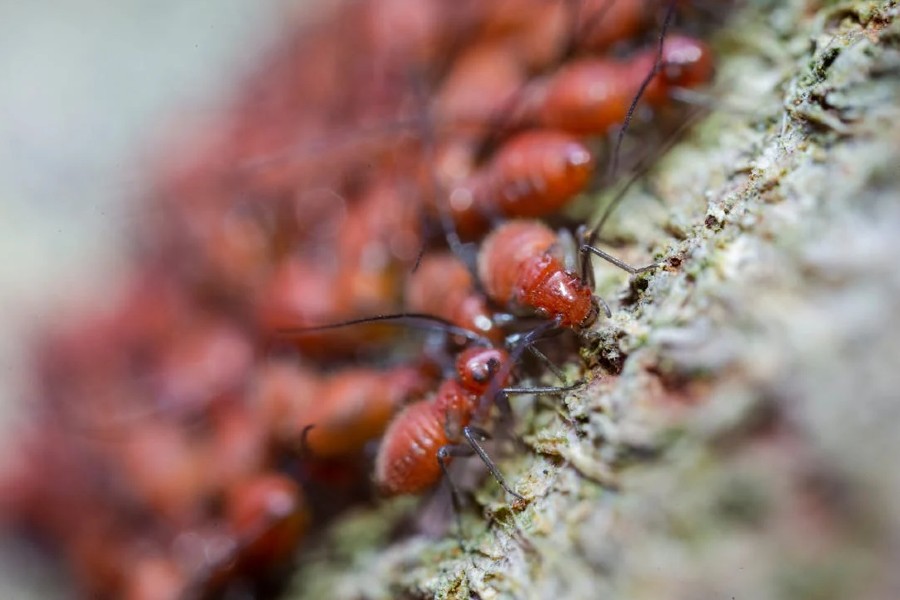
Fleas are more than just a nuisance. These tiny pests can wreak havoc in your home, causing discomfort for both you and your pets.
If you’ve noticed small, itchy bites on your ankles or seen your pets scratching more than usual, you might have a flea infestation. Understanding why fleas have invaded your home is the first step in tackling the problem. In this blog post, we will explore common reasons for flea infestations and offer practical solutions to eliminate them.
What Causes Flea Infestations?
Flea infestations often catch homeowners by surprise. These pests can enter your home through various means, making it crucial to identify the root cause. Common sources include pets, used furniture, and even your own clothing. Pets are the primary carriers, as they can pick up fleas from other animals or outdoor environments. Once inside, fleas reproduce rapidly, creating a challenging situation to control.
Used furniture is another common culprit. Fleas and their eggs can hide in the fabric and crevices of sofas, chairs, and mattresses. When you bring second-hand furniture into your home, you may unknowingly introduce fleas with it. Similarly, fleas can hitch a ride on your clothing if you’ve visited an infested area, bringing them straight into your living space.
The Role of Pets
Pets are often the main reason for flea infestations in homes. Dogs and cats love to explore, and during their adventures, they can easily pick up fleas from other animals or contaminated environments. Once your pet brings fleas into your home, these pests can quickly spread to carpets, furniture, and even your bedding.
To prevent flea infestations, it’s essential to regularly check your pets for signs of fleas. Look for excessive scratching, red bumps on their skin, or tiny black specks (flea dirt) in their fur. Using flea prevention treatments recommended by veterinarians can significantly reduce the risk of fleas hitching a ride on your furry friends.
Environmental Factors
Environmental conditions play a significant role in flea infestations. Fleas thrive in warm and humid environments, making certain seasons more favorable for their proliferation. If you live in an area with mild winters and hot summers, your home is more susceptible to flea infestations year-round.
Moisture is another factor that attracts fleas. Areas with high humidity, such as basements and bathrooms, provide the perfect breeding grounds for these pests. To minimize the risk, ensure proper ventilation and use dehumidifiers in damp areas of your home.
Hiring Professionals
When flea infestations get out of hand, hiring professionals can be the most effective solution. Pest control experts have the knowledge and tools to identify the extent of the infestation and implement targeted treatments. They can also provide valuable advice on preventing future infestations. Professional exterminators use a combination of methods to get rid of fleas, including chemical treatments and heat treatments. They may also recommend thorough cleaning and vacuuming to remove fleas and their eggs from carpets, furniture, and cracks in the flooring. While the cost of professional services can vary, the peace of mind and long-term results are often worth the investment.
DIY Flea Control Methods
For those who prefer a hands-on approach, several DIY flea control methods can help manage infestations. Regularly vacuuming your home, especially areas where your pets spend time, can significantly reduce flea populations. Be sure to dispose of the vacuum bag or empty the canister outside to prevent fleas from re-infesting your home.
Washing your pet’s bedding, toys, and your own linens in hot water can also eliminate fleas and their eggs. Additionally, using natural remedies such as diatomaceous earth, which dehydrates fleas, can be an effective non-toxic solution. However, it’s important to follow instructions carefully to ensure safety for both humans and pets.
Preventing Future Infestations

Preventing future flea infestations requires a proactive approach. Regularly treating your pets with veterinarian-approved flea prevention products is crucial. These treatments can include topical solutions, oral medications, and flea collars. Consistently maintaining a clean environment by vacuuming and washing fabrics will also help keep fleas at bay. In addition to treating your pets and keeping your home clean, it’s essential to monitor your yard. Fleas can lurk in outdoor areas, especially in shaded spots where pets like to rest. Using yard treatments and keeping your lawn well-maintained can reduce the likelihood of fleas entering your home from outside.
Flea infestations can be a frustrating and uncomfortable problem for homeowners. By understanding the common causes and taking proactive measures, you can effectively manage and prevent future infestations. Regularly checking your pets, maintaining a clean environment, and considering professional help when needed are key steps to keeping your home flea-free.
If you’re struggling with a flea infestation or want to learn more about preventive measures, don’t hesitate to reach out to pest control professionals. Their expertise can provide you with the peace of mind and comfort of a flea-free home.
Become a Harlem Insider!
By submitting this form, you are consenting to receive marketing emails from: . You can revoke your consent to receive emails at any time by using the SafeUnsubscribe® link, found at the bottom of every email. Emails are serviced by Constant Contact








